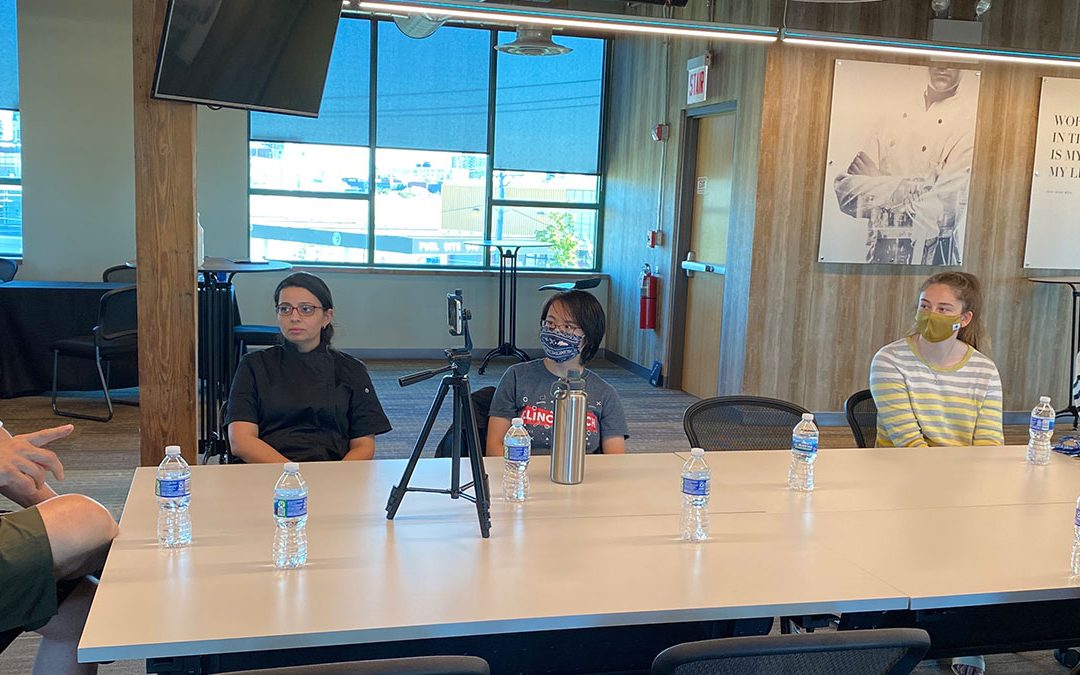When people say life in all its forms is made up of stardust, they’re not kidding. In fact, our entire solar system is made up of elements life here uses to thrive. Sodium is one very important part of that lifecycle system. It is the catalyst that sparks the reaction and continues to do so even today. It is integral to our survival. Any Star Trek fan will tell you that a lack of sodium in the human body will lead to death. However as with all good things, too much of it will eventually kill you.
Today our food consumption habits rely heavily on processed foods. They’re convenient, abundant, and frankly, they taste good. Part of the reason they taste as good as they do is because of all the sodium therein. And there’s the rub – too much of a good thing. So how can we have our processed foods and eat them too?
As product developers, there are several ways we can reduce sodium. One such way is the use of flavor enhancers, such as tomato concentrate or serums, yeast, MSG, and forms of cultured dextrose to name but a few. They have the ability to highlight the organoleptic profiles within a formula. If you excite those sensory receptors on your palate, you manipulate the perceived notion of saltiness, thus reducing the amount of sodium needed from specific ingredients.
Another way is substitution of sodium-based ingredients with potassium-based ones to achieve the same or a similar kind of organoleptic sensory profile. Sodium and potassium are just an electron apart as elements and share some similar attributes in the food world. Our understanding of these fundamentals allows us to manipulate, reduce or even to some extent replace the amount of sodium in a given formula.
It’s all about manipulation of flavor through your procedure or process while cooking. It’s not achieved by manipulating a single molecule in an ingredient. It’s achieved through the naturally-occurring glutamyl peptides that are formed during the cooking process. You get more of this when you have a delicately controlled time and temperature balance. The difference between something slow roasted, braised or even for that matter seared (think of rendering a duck breast) vs. something quickly cooked, says it all. Patience is the real name of the game for flavor enhancement, which then inevitably leads to sodium reduction.
Flavor adjuncts
From a culinary perspective, there are a number of solutions as well that hinge upon the nuances of flavor within a product. Chefs at times unconsciously use the above methods from the realm of food science to achieve similar effects. However, the one thing that has developed in the culinary world is the play of flavor complexity. It does not apply to simple one or two ingredient recipes but ones that have an interplay of complex flavors from a number of ingredients within a formulation. Spices, herbs and other core flavor-rich ingredients, such as cumin, cinnamon, nutmeg, garlic, oregano, cloves, peppers, etc., play crucial roles as flavor building blocks, layering themselves over each other, creating complex and intricate flavor profiles that at times completely negate the need to increase the sodium content of the formula using salt.
Subconsciously, chefs follow the following acronym that breaks this down perfectly while they develop new recipes and formulations. B.A.S.I.C.S – Balance, Acidity, Saltiness, Intended Flavor and Texture, Color, and Sweetness. This method incorporates the flavor layering but adds one important aspect to the foundational building blocks of flavor development – texture. Texture effects perception and that plays in directly with the type and quantity of an ingredient used within a formulation. An example of this is when you have a rich and creamy mouthfeel, one that is most of the time brought on by a fat, it mutes your perception of specific flavor attributes and allows for the manipulation of ingredients that are sodium forward.
The use of sodium in food is undeniably important. If not consumed in moderation, sodium can slowly take its toll on the human body. There are consequences to the overconsumption of salty and processed foods. That’s why today, there are a number of innovative solutions to achieve sodium reduction, with more constantly cropping up, to help the industry produce a safer and well-rounded flavorful product.




